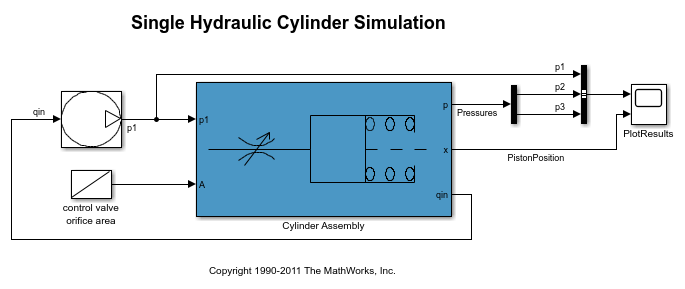restore
Description
simulator_out = restore(simulator)setup
function.
Examples
Input Arguments
Output Arguments
Tips
You can add a cleanup function to ensure that the
restorefunction always runs, even when the optimization generates an error.simulator = sdo.SimulationTest('mymodel'); simulator = setup(simulator); scenario_cleanup = onCleanup(restore(scenario));
Version History
Introduced in R2024a
